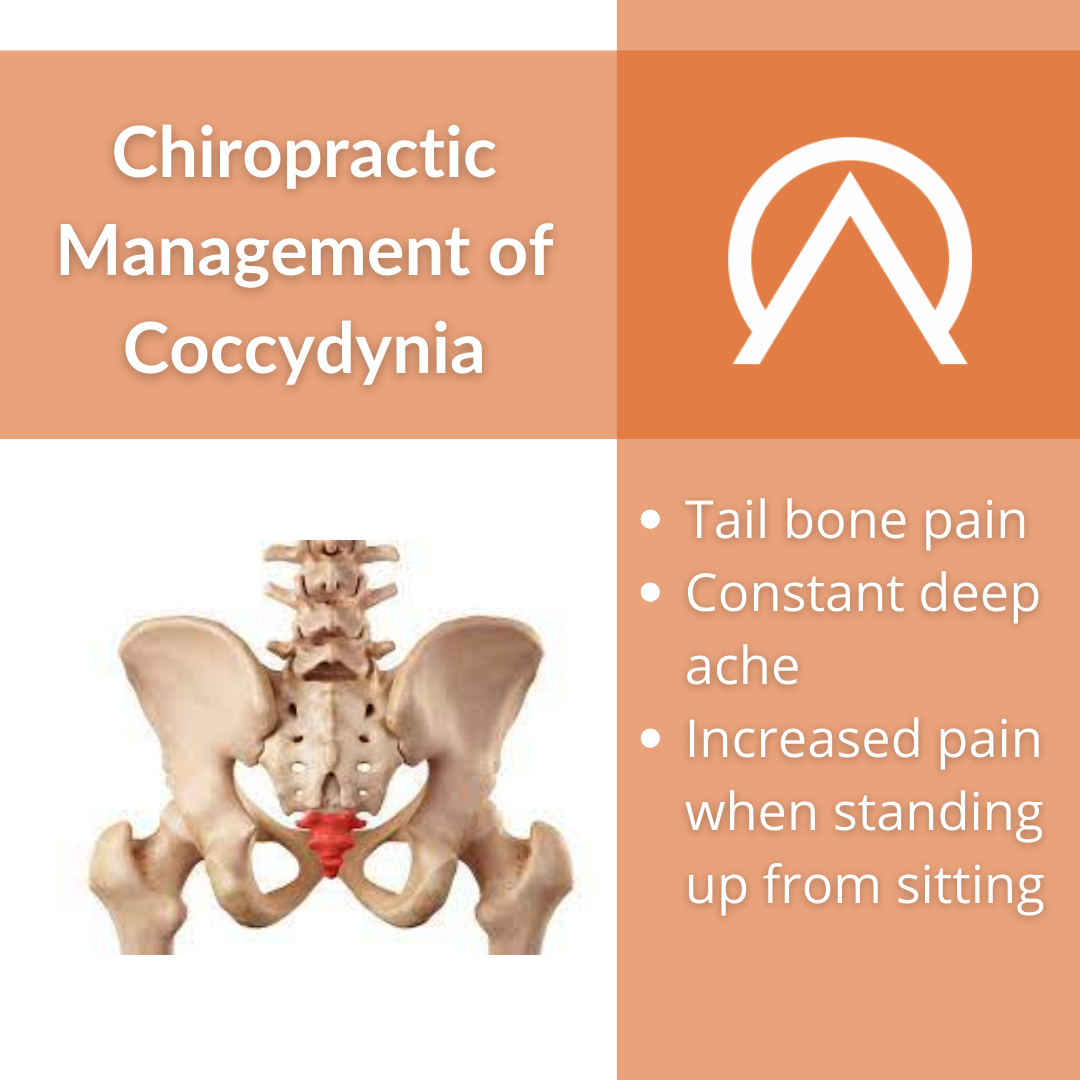
Chiropractic Management of Coccydynia (Tailbone Pain)
July 27, 2022 Posted in: ASK AN EXPERT
Coccydynia (Tailbone Pain) originates from various traumatic and non-traumatic factors. Many cases resolve spontaneously; others can lead to chronic and potentially debilitating pain syndromes. Patients and providers often ignore the problem since management may involve intrarectal assessment and management.
Coccydynia (Tailbone Pain) symptoms can arise from many etiologies, including bruised or broken coccygeal segments, chronic myofascial irritation, and sacrococcygeal joint dysfunction, degeneration, or dislocation. Traumatic etiologies are more common than insidious onsets and can have many triggers:
-
Acute external trauma from a backward fall onto the buttocks
-
Acute internal trauma during childbirth.
-
Chronic external trauma from prolonged sitting on hard or narrow seats
-
Chronic internal trauma from repetitive straining for bowel movements or intercourse
-
Repeated impact exercise
The goal of chiropractic coccydynia assessment is first to rule out bony pathology (fracture, dislocation) and then identify any contributions from soft tissues (myofascial pain, sprain/ strain) and joints (hypermobility vs. hypomobility).
-
Tenderness to palpation is the hallmark clinical finding of coccydynia (Tailbone Pain).
-
Direct palpation can help differentiate local versus referred sources of coccydynia (Tailbone Pain), which do not typically include coccygeal point tenderness or swelling.
-
Radiographs may be appropriate to help identify degenerative changes and rule out dislocation or fracture, particularly following traumatic onsets.
You can book a chiropractic coccydynia assessment with one of our expert chiropractors right here in Lindsay today!




















